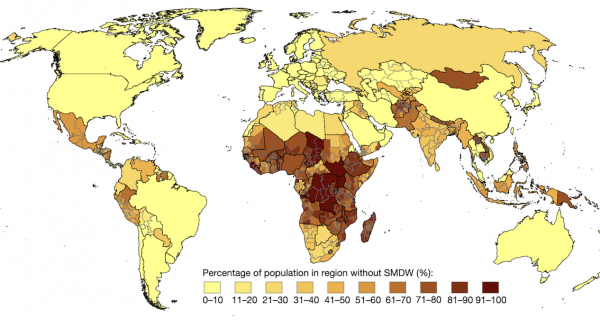The average pregnancy length in the United States is shorter than in European countries, a new study shows
The U.S. overall mean gestational age distribution decreased by more than half a week between 1990 (39.1 weeks) and 2020 (38.5 weeks). In 2020, in the United States, 76% births occurred prior to 40 weeks, compared to 60% and 56% for England and the Netherlands respectively.

In some countries, such as the United States, there seems to be a shift in the total pregnancy length period experienced by pregnant women. Some allude to this change due to an underlying physiological change, while others suggest an increased level of obstetric intervention (i.e. induction, epidural use, episiotomy, instrumental delivery, and delivery via cesarean section). as the driving force
In a new study published in PLOS ONE, authors use data on gestational age – the time between conception and birth – and timing of births in home and hospital births in three high-income countries with different maternity care systems – the United States, England, and Netherlands – allowing us to get a better understanding of what may be considered natural birth patterns and to speculate on the role that the organization of care might have on the birthing process.
After grouping and analyzing the results from the three countries, the study found that over the course of 30 years, the average gestational age in the U.S. was reduced by more than one-half week. To examine the possible impact of the organization of maternity care on gestational age at birth, researchers compared both home and hospital births in the United States with comparable births in England and the Netherlands, of which both have different organizational models of maternity care.
Overall, the United States obstetrics-centered model had a distinctly larger proportion of all births at under 39 weeks compared with the midwifery-centered models of England and the Netherlands.
As the authors conclude, England and the Netherlands, both have better infant and maternal outcomes than the U.S., because they rely heavily on midwives to provide maternity care, which may reflect both a difference in the allocation of resources and a preference for spontaneous labor over intervention. The findings suggest organizational priorities can potentially disturb natural patterns of gestation and birth timing, proving the potential to improve U.S. perinatal outcomes.

















































